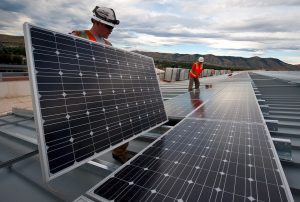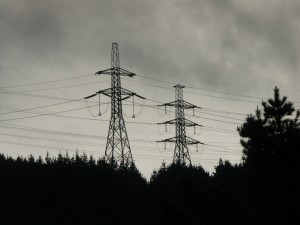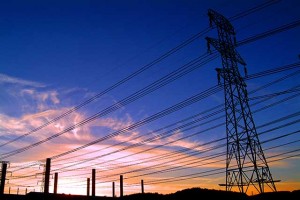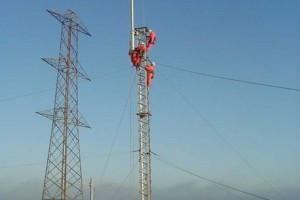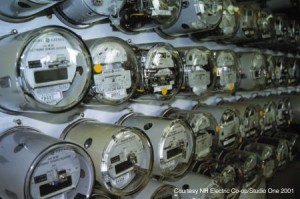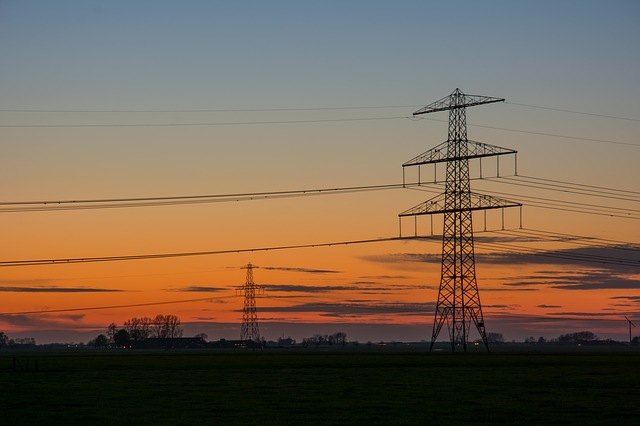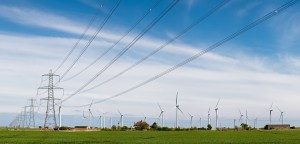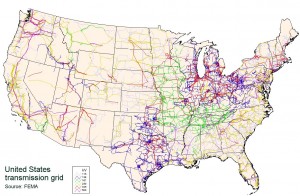31 item(s) were returned.
Partner
KL Gates
Last month the International Trade Commission (ITC) agreed to proceed with a trade case filed by the bankrupt solar manufacturing American company Suniva. Suniva has claimed that the current import price for certain photovoltaic solar panels is so low that it was damaging the US manufacturing industry and the only way to protect US manufacturers would be to levy a tariff on panel imports – the result would be to more than double the price of solar panels to $0.78/watt, potentially igniting a solar trade war. In order to prove its case, Suniva needs to show that the solar manufacturing… [more]
View InsightChair, Energy & Commerce Subcommittee on Environment & Climate Change, U.S. House of Representatives
Co-Chair, Sustainable Energy & Environment Coalition
On a hot day in August 2003, a stretched transmission line tripped after dipping into an overgrown tree in Ohio. Soon after, multiple transmission lines nearby also tripped beginning what would become the second-largest blackout at that time in history, impacting eight Northeastern states and Southern Canada. Since this massive blackout and concerns about grid reliability, power generation in the United States has changed dramatically both in form and quantity. In 2005, Congress recognized the need for mandatory grid reliability standards and expanded the Federal Energy Regulatory Commission’s (FERC) authority to regulate the bulk power system. However, despite FERC’s efforts… [more]
View InsightLead Communications Consultant
Duke Energy
Industry experts recently testified before Congress that more needs to be done to protect the nation’s electric grid from natural disasters, cyberattacks, physical threats and planned sabotage. Recent news stories have highlighted grid security issues, including analysis by USA Today that claims the U.S. Department of Energy’s computer systems were compromised more than 150 times between 2010-2014. And while cybersecurity is a persistent threat, physical damage to “critical infrastructure” facilities from severe storms, flooding, wildfires, and even shootings, has the potential for extensive, long-duration outages: Critical high-voltage substations, while representing only 3% of all substations, carry the bulk of the… [more]
View InsightVice President, US Retail Regulatory Strategy
National Grid, US
We hear about the promise of transforming America’s infrastructure every day. But if we’re going to capitalize on that promise, we need to reverse the 20-year trend of underinvestment in energy networks. Greater overall resiliency, reliability and innovation come with a sizeable price tag; it is estimated that U.S. energy infrastructure needs $2.5 trillion in investment by 2035. If we don’t meet this challenge, the growing limitations of our current system threaten to derail progress toward our long-term energy sustainability and security goals. We either invest now, or pay that much more later. To secure the necessary funding for energy infrastructure… [more]
View InsightEconomist
Environmental Defense Fund
Throughout most of the country, residential electricity customers pay the same price for electricity regardless of when it is consumed. Such flat rates mask the fact that true system costs vary over time according to electricity demand. Prices that better reflect the time-varying costs of producing and delivering electricity can lead to a number of economic and environmental gains, such as reduced wholesale prices, increased investment in clean distributed energy resources, and lower overall carbon emissions. Time-variant electricity pricing gives customers greater control over their electricity bills, since they can use electricity when it is cheaper and cut back when… [more]
View InsightSenior Scientist
UFA Ventures, Inc.
Generally, when electricity demand rises in an area, we just fire up some source like a gas plant or a coal plant, or put more water through a hydroelectric dam, to produce more electricity to meet that demand. But what about other users voluntarily shifting their use to compensate for that rise in demand? This concept of Demand Response sounds simple, but until recent technological developments, like a smarter grid and rapid energy communication and control systems, it wasn’t feasible since the response time needed to be in minutes, not hours. Some users can shift their energy usage to different… [more]
View InsightDirector of Midwest Energy Policy Analysis
Wisconsin Energy Institute
This prompt is the first in a series of discussions led by invited speakers at the upcoming 15th National Conference and Global Forum on Science, Policy and the Environment: Energy and Climate Change to be held January 27-29, 2015 in Washington, DC. The environmental benefits and declining price of solar, wind, storage and other distributed energy resources are driving their increased use in the electrical utility system. As a result, more power is being generated at homes, businesses, and commercial buildings and used locally. This jump in power production at the distribution level presents a challenge to the traditional electrical… [more]
View InsightAssistant Professor, Energy and Resources Group
University of California, Berkeley
Wind and solar capacity have grown significantly in the last decade, and many believe that significant reductions in carbon emissions require continued expansion of their capacity (see for example recent papers by Jim Williams et al and Jimmy Nelson et al[1]). With the declining cost of wind and solar, the economic case for increasing production from sources whose fuel is free is getting better. But getting these energy sources on to the grid is not without its engineering and economic challenges. Wind and solar production is both variable and uncertain, and grid system operators need to make sure they have… [more]
View InsightChairman
Foundation for Resilient Societies
Through the Energy Policy Act of 2005, Congress formed a hybrid system for setting electric grid reliability and security standards; a private corporation, the North American Electric Reliability Corporation (NERC), writes grid standards, while a government agency, the Federal Energy Regulatory Commission (FERC) reviews and approves NERC’s standards. FERC and NERC appear to have a close working relationship in jointly developing grid standards. During an April 10, 2014 Senate Energy Committee hearing “Keeping The Lights On—Are We Doing Enough To Ensure The Reliability And Security Of The U.S. Electric Grid?” both Cheryl LaFleur, Acting Chair of FERC, and Gerry Cauley,… [more]
View InsightExecutive Director
Pace Energy and Climate Center
This discussion is presented in conjunction with the closing keynote at the Association for Environmental Studies and Sciences 2014 Conference. Cost-effective and profitable energy efficiency technologies and services, and renewable energy generation alternatives are available today to end GHG emissions from the electric utility sector entirely. Traditional cost-of-service regulation rewards capital investments more than the provision of value, punishes innovation and efficiency, and treats customers as “ratepayers” with few choices and little clout. Today’s electric utilities are not well prepared to make the business model changes required to become truly sustainable. Three key strategies map a path forward. First, cost-of-service… [more]
View Insight